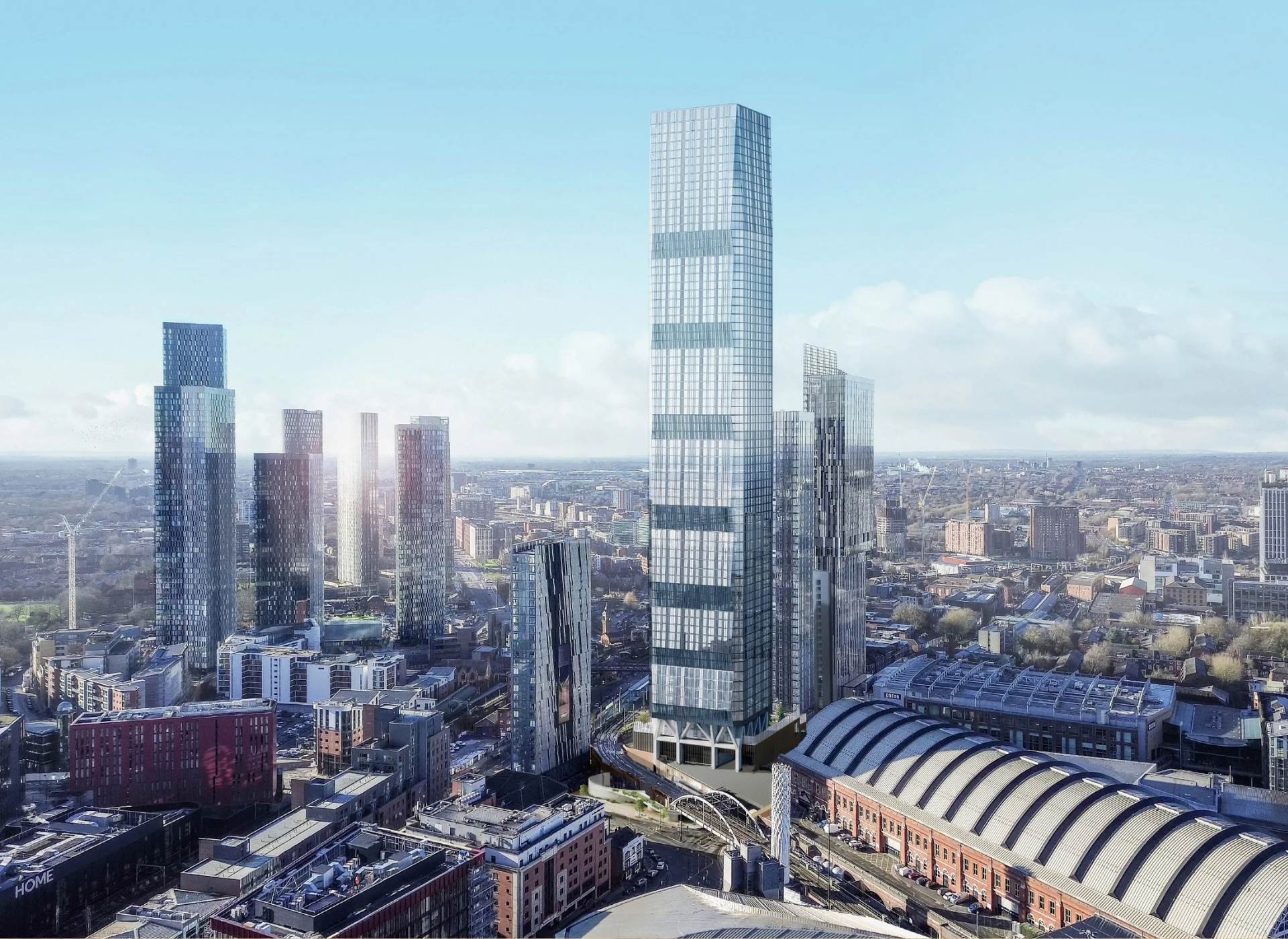Table of Contents
Understanding the Government Target 1.5 Million New Homes
The UK government has committed to delivering 1.5 million new homes by the end of this Parliament, equating to around 300,000 homes per year. This pledge is designed to address the long-standing housing shortage, improve affordability, and meet the demands of a growing population.
However, the UK government target 1.5 million new homes is ambitious. Historic delivery rates have consistently fallen short, with completions averaging closer to 230,000 homes annually over the past few years according to the House of Commons Library.
The Scale of the Housing Shortage
The UK’s housing shortage has been building for decades. ONS data shows the population continues to expand, with net international migration contributing significantly to demand. (ONS).
Affordability pressures are particularly acute in London and the South East, but even regional cities such as Manchester, Birmingham, and Leeds are experiencing strong demand and limited supply. This imbalance underlines why the government target is critical for long-term stability.
Barriers to Meeting the Target
Several obstacles make the government target of 1.5 million new homes UK difficult to achieve:
- Planning delays: Local authorities face lengthy planning processes that slow new housing approvals.
- Construction capacity: The industry faces labour shortages and rising material costs, reducing delivery speed.
- Land availability: Securing suitable land for development continues to restrict supply.
- Funding constraints: Developers face higher borrowing costs due to interest rate rises, affecting viability.
Without tackling these barriers, achieving the 1.5 million target remains unlikely.
Regional Impacts of Falling Short
Failure to deliver sufficient homes has wide-reaching implications. In London, undersupply keeps prices elevated, even in regeneration areas. Regional cities such as Birmingham and Manchester face rising rents as tenant demand outpaces supply. According to Zoopla, the average UK rent has grown significantly year-on-year due to low supply.
For investors, this means higher rental yields in constrained markets, but affordability issues could deter some tenants.
What It Means for Investors
For property investors, the shortfall in meeting the government target of 1.5 million new homes UK can create both challenges and opportunities:
- Opportunities in undersupplied areas: Investors can benefit from high rental demand in cities with housing shortages.
- Capital growth potential: Limited supply often drives long-term price growth, especially in high-demand urban centres.
- Policy influence: Government incentives, such as funding for brownfield development and first-time buyer schemes, can shape where opportunities emerge.
Conclusion: Can the Target Be Met?
While the government’s ambition to deliver 1.5 million homes by 2030 is commendable, the reality is that structural barriers in planning, funding, and capacity make it unlikely to be fully achieved.
For investors, however, the continued undersupply supports strong rental markets and long-term growth prospects in key cities.
To explore where undersupply is creating the strongest opportunities, contact TK Property Group today. For regular insights into UK housing policy and investment trends, visit our news hub.






